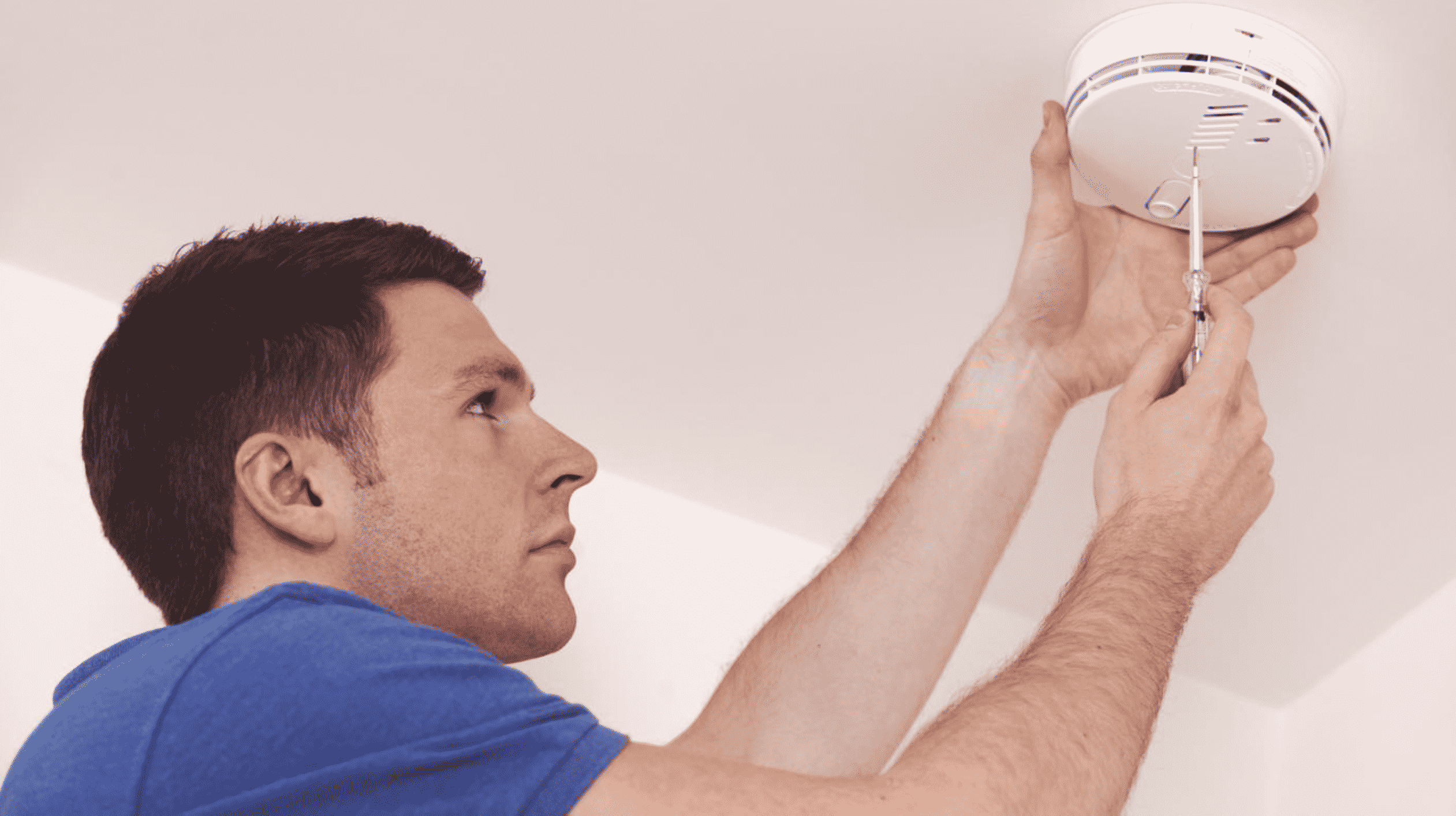
The idea for this month’s newsletter article came to me from one of my patients. Her name is Kristy. Her story is as powerful as it is tragic. However, we can all learn a very important lesson from what she has to say. She was gracious enough to share her message with us this month.
In October 2016, Kristy and her husband Sean were victims of carbon monoxide poisoning. Kristy survived but unfortunately Sean, age 50, did not. Carbon monoxide poisoning robbed Kristy of the opportunity to spend the rest of her life with her soul mate. She agreed to share this tragedy with us so that together, we could possibly prevent this from happening to someone else. I am grateful to her for her selflessness as she shares what is in her heart for the betterment of others. Here is her letter that she gave us permission to share with all of you.
On October 14th I woke up earlier than usual and didn’t feel well. I was experiencing heaviness in my chest and slight dizziness. My husband said he felt kind of sick also. He went in the bathroom and shut the door. I stood up and was trying to text my daughter, and I collapsed. That’s the last thing I remember. It all happened in less than 10 minutes-Carbon Monoxide (CO) poisoning.
It was about 7 hours before they found us. They took me to OSF, and I was taken to Chicago by life flight. I needed an available bariatric chamber to saturate my body with oxygen and push the CO out. I woke up the next day to find out my husband did not survive. My prognosis during treatment was possible brain damage and/or heart issues from the lack of oxygen. Luckily, that wasn’t the case. But I do have short-term memory issues, and some cognitive issues not really noticeable to others.
I had turned the furnace on just a couple nights before that. CO poisoning is something nobody thinks about. It has no odor and you don’t know what’s happening. Some have experienced illness and headaches at home for months or years with a slow saturation before they figure out what it is.
There are no words for the depth of my grief. Simple carbon monoxide detectors would have alerted us. I now have 3 in the house and I will get one to travel with. People think if they have their gas furnace, hot water heater, inspected every year that that’s enough. A malfunction can happen at any time. Please don’t take that chance on losing your loved ones or them losing you. It is a devastating loss that can be easily prevented.
Carbon monoxide is a colorless, odorless, tasteless gas produced by burning gas, wood, propane, charcoal or other fuel. Improperly ventilated appliances and engines as well as malfunctioning furnaces and gas fireplaces, particularly in enclosed spaces, may allow carbon monoxide to accumulate to dangerously toxic levels. Carbon monoxide poisoning occurs when carbon monoxide builds up in the bloodstream. When too much carbon monoxide is in the air, the body replaces the oxygen in red blood cells with carbon monoxide. This can lead to serious tissue damage, or even death.
The signs and symptoms of carbon monoxide poisoning include headache, weakness, dizziness, disorientation, confusion, nausea or vomiting, shortness of breath, blurred vision, and loss of consciousness. If a patient survives carbon monoxide poisoning, there may be long-term consequences such as brain damage or heart damage. There are a few simple precautions to remember to reduce the risk of carbon monoxide poisoning. The following is a list of very pertinent suggestions from the Mayo Clinic:
- Install carbon monoxide detectors. Put one in the hallway near each sleeping area in your house. Check the batteries every time you check your smoke detector batteries — at least twice a year. If the alarm sounds, leave the house and call 911 or the fire department. Carbon monoxide detectors are also available for motor homes and boats.
- Open the garage door before starting your car. Never leave your car running in your garage. Be particularly cautious if you have an attached garage. Leaving your car running in a space attached to the rest of your house is never safe, even with the garage door open.
- Use gas appliances as recommended. Never use a gas stove or oven to heat your home. Use portable gas camp stoves outdoors only. Use fuel-burning space heaters only when someone is awake to monitor them and doors or windows are open to provide fresh air. Don’t run a generator in an enclosed space, such as the basement or garage.
- Keep your fuel-burning appliances and engines properly vented. These include:
- Space heaters
- Furnaces
- Charcoal grills
- Cooking ranges
- Water heaters
- Fireplaces
- Portable generators
- Wood-burning stoves
- Car and truck engines
- Ask your utility company about yearly checkups for all gas appliances, including your furnace.
- If you have a fireplace, keep it in good repair. Clean your fireplace chimney and flue every year.
- Keep vents and chimneys unblocked during remodeling. Check that they aren’t covered by tarps or debris.
- Do repairs before returning to the site of an incident. If carbon monoxide poisoning has occurred in your home, it’s critical to find and repair the source of the carbon monoxide before you stay there again. Your local fire department or utility company may be able to help.
To Your Health and for Prayers of Healing for Kristy,
Dr. Couri
